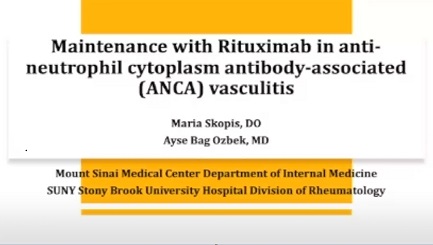
Topic: Update on ANCA-Associated Vasculitis: Towards the Best Stratification in Different Phenotypes by Genetics and Pathogenesis, Clinical Features and Treatment Options
Guest Editor(s)
Special Issue Introduction
From the original description of ANCAs by Davies et al. in 1982 in segmental necrotising glomerulonephritis, and the discovery of the antigens MPO and PR3 in 1988 and 1989, respectively, over 30 years have passed in which many efforts by clinicians from different medical areas have been made to greatly increase the amount of knowledge in ANCA-associated vasculitides (AAV). Now, on the horizon we can see clear differences emerging on genetic and pathogenic features that have crucial reflexes on clinical manifestations and, of major value, on treatments. Many clinical trials have been performed so far to clarify both the best induction and the best maintenance therapy in different subgroups of disease, and they have dramatically improved the outcome of patients affected by AAV. Recently, B-cell targeted therapy and complement activation inhibition strategy are still improving the management of AAV. Nevertheless, AAV remain difficult-to-treat diseases, very costly diseases even if they are rare, and many clinicians from different specialties are encouraged to put together forces for further proceeding into the best characterization of these diseases and, of consequence, the best treatment and outcome. Therefore, the scope of this Special Issue is to collect some important news regarding AAV from pathogenesis to treatment and outcome to improve the management of them in clinical practice.
Keywords
Vasculitis, anti-neutrophil cytoplasmic antibody, B cell, complement, glucocorticoids, rituximab
Submission Deadline
28 Feb 2021
Submission Information
For Author Instructions, please refer to https://www.oaepublish.com/vp/author_instructions
For Online Submission, please login at https://oaemesas.com/login?JournalId=vp&SpecialIssueId=492
Submission Deadline: 28 Feb 2021
Contacts: Grace Zheng, Assistant Editor, grace@vpjournal.net






